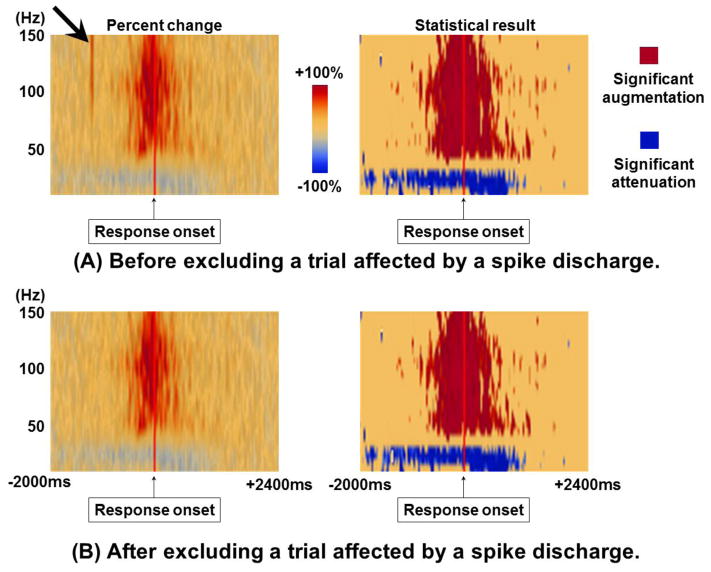Figure 6. Effect of interictal spikes on time-frequency ECoG analysis.
A 17-year-old boy was assigned an auditory naming task (Nakai et al., 2017), and the temporal dynamics of ECoG amplitude modulation at a left precentral site is shown. (A) Presented are the results of time-frequency analysis including a trial affected by an interictal spike discharge. The plot on the left side shows the percent change in amplitude compared to the baseline period prior to stimulus onset. Immediately following stimulus onset, brief amplitude augmentation of broadband activity was noted (thick arrow); this effect was eliminated by excluding the trial affected by a spike discharge. The plot on the right side shows the statistical plot following the studentized bootstrapping statistics incorporated in BESA software (p<0.05 following Simes correction). The interictal spike discharge did not contribute to statistically-significant augmentation of high-gamma activity. (B) Presented are the results of time-frequency analysis with the trial affected by the spike discharge excluded.

